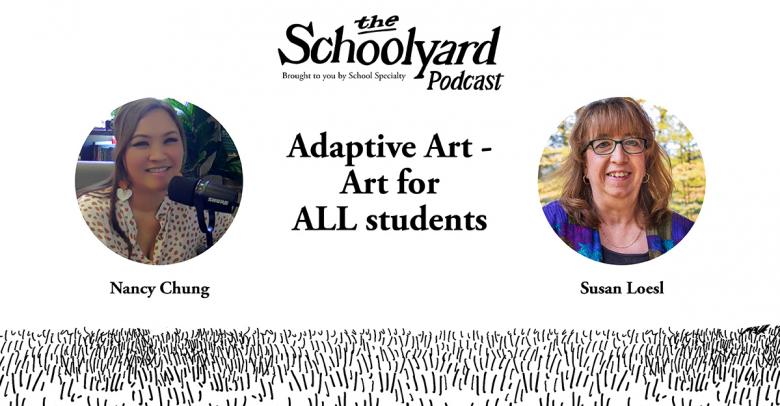Whether you’re looking for the perfect place to store your own work, submitting your art to a gallery or potential employer, or helping your students prepare their portfolios, compiling a portfolio can be a daunting process.
Although your portfolio is the culmination of years of passion and hard work, its primary purpose is to provide a clear summary of your artistic style and capabilities, experience, and body of work. In order to clearly communicate these things, your portfolio must, above all else, be ultra-organized and easy to review. But how?
First, determine the format you’ll be using. Traditional binder portfolios come in a variety of sizes (although it may be tempting to choose a portfolio large enough to house your largest pieces, select a binder that’s easy to hold and flip through). You might also choose to photograph your work and create a printed photo book on a site like Shutterfly. The downside to these ultra-professional looking books is that you’ll have to edit and print a new book each time you add a new piece. Alternatively, you may choose to create a website for your work or use a portfolio site like Behance.com. These are both nice options as you can make updates in real time and send a link to your work around the world in just moments.
No matter the format you choose, you’ll want to be consistent with size, orientation, and method of delivery (original work versus high-resolution photographs). Include about 10 pieces and provide a variety of mediums, styles, and subjects, grouped together in a logical way. Be sure to label each piece with its title, date, and medium (if applicable), using a consistent font and type size. You may also want to include a few process pieces, collages, mood boards, thumbnails, or color explorations to demonstrate your artistic process.
Consider including a short background for each piece highlighting the objectives, process, challenges, and solutions. If you don’t want to include a written piece for each work, be prepared to talk about it presenting your portfolio.
Be sure to include an introduction or artist’s statement outlining your personal vision and approach, as well as a biography or resume. Don’t forget to proofread these pieces! It would be a shame to wow with your work but lose your audience to a typo. Consider including any articles, reviews, or positive comments about your work in this section, as well. Consider creating a leave-behind piece, aside from your resume, that showcases your style and reminds the employer of your artwork.
Your portfolio is a living document. Revisit your portfolio often and be ruthless about adding and subtracting pieces, choosing only the very best-of-the-best to share with the world.






Leave a Reply